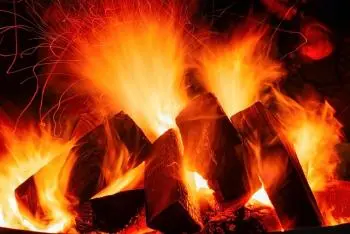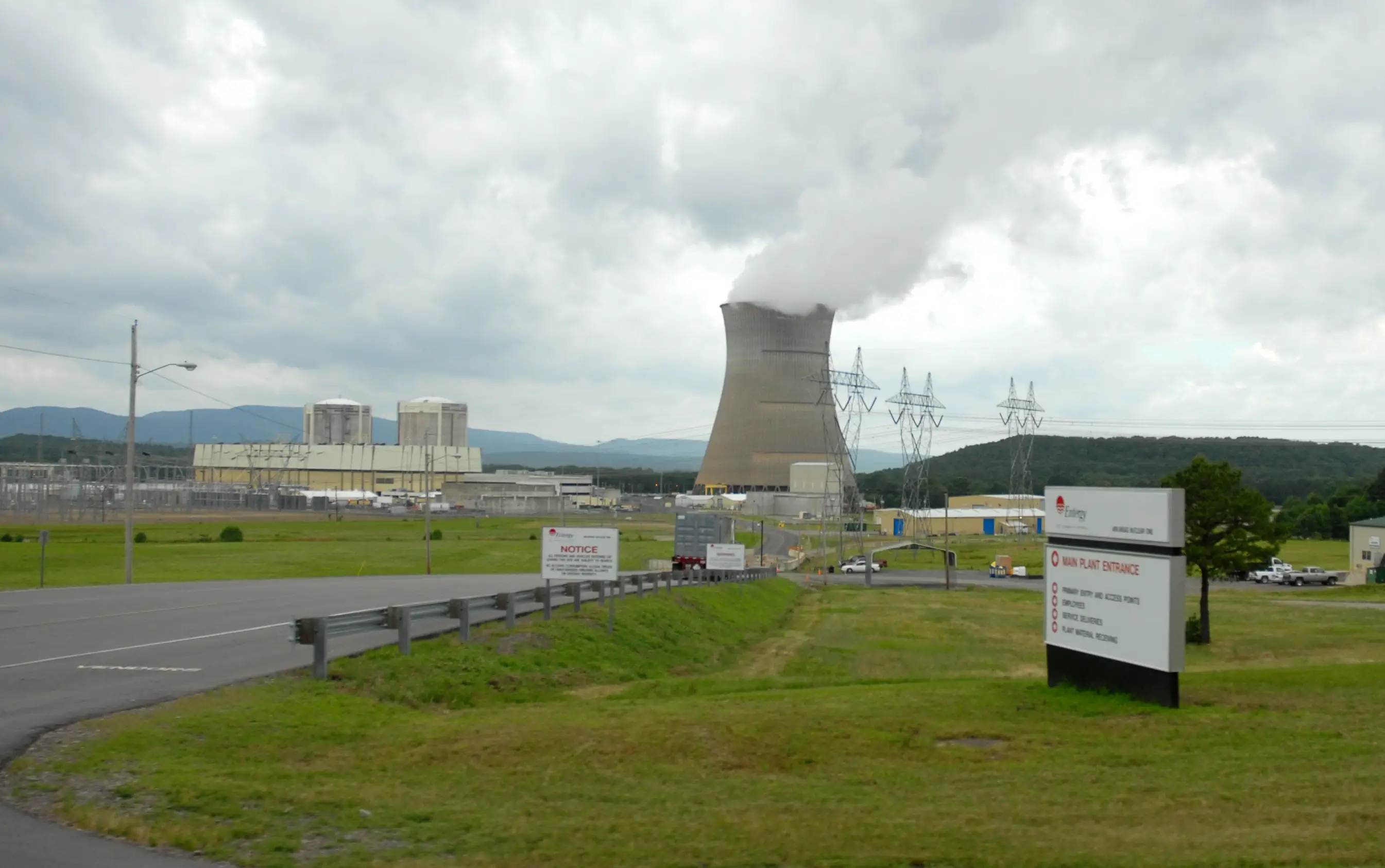
Thermal radiation is a form of thermal energy fundamental in physics and materials science. It often goes unnoticed in our daily lives, but 49% of the energy that reaches us from the Sun does so in the form of thermal radiation.
This type of energy is responsible for keeping our planet warm, cooking our food, and powering many of the technologies we use daily.
In this article, we will explain what thermal radiation is, how it works, its applications and its importance in the modern world.
What is thermal radiation?
Thermal radiation, also known as heat radiation or infrared radiation, is the process by which an object emits energy in the form of electromagnetic waves due to its temperature.
Unlike thermal conduction and thermal convection, thermal radiation does not require a material medium to propagate. In other words, thermal radiation can travel through the vacuum of space.
All objects emit thermal radiation
To understand this phenomenon, it is essential to remember that all objects emit thermal radiation whenever they have a temperature above absolute zero, which is the lowest possible temperature (-273.15 degrees Celsius or 0 Kelvin).
The electromagnetic spectrum
The electromagnetic spectrum encompasses all forms of electromagnetic radiation, from radio waves to gamma rays. Thermal radiation is found in the infrared region of the spectrum, which is between microwaves and visible light.
Although we cannot see thermal radiation directly, we can detect it and use it in many applications.
Stefan-Boltzmann law: relationship between temperature and radiation
Thermal radiation is the result of the agitation of particles within an object due to its temperature. The hotter an object is, the more kinetic energy its particles will have and, therefore, the more thermal radiation it will emit.
The Stefan-Boltzmann law describes the relationship between the temperature of an object and the total amount of energy radiated per unit area. This law establishes that the radiated energy per unit area is directly proportional to the fourth power of the absolute temperature of the object, according to the following equation:
E=σ⋅T 4
Where:
-
E is the radiated energy per unit area (in watts per square meter, W/m²).
-
σ is the Stefan-Boltzmann constant (5.67×10−8 W/(m²·K⁴)).
-
T is the absolute temperature of the object in kelvins (K).
This equation shows that at higher temperatures, the amount of radiated energy is significantly greater.
Examples of thermal radiation
Thermal radiation has a wide range of applications in everyday life and in scientific and technological fields.
Some examples of its most notable applications include:
Heating and cooking
 Thermal radiation is essential in appliances such as ovens and microwaves, where it is used to heat food. The heating elements emit infrared radiation that directly heats objects and food, speeding up the cooking process.
Thermal radiation is essential in appliances such as ovens and microwaves, where it is used to heat food. The heating elements emit infrared radiation that directly heats objects and food, speeding up the cooking process.
Solar energy
Thermal radiation from the Sun is the main source of energy for our planet. Solar thermal panels take advantage of this radiation to heat water and generate electricity, especially in large solar thermal power plants.
Thermal cameras
Thermal cameras use infrared radiation to detect temperature differences in objects and living organisms.
These cameras have applications in fields such as search and rescue, security and medicine.
Air conditioning and refrigeration
HVAC and refrigeration systems use thermal radiation in combination with other processes to control temperature in buildings, vehicles and electronic devices.
Space science
In space exploration, thermal radiation is a major concern. Aerospace materials are designed to withstand the extreme conditions of space, including exposure to intense solar radiation and the controlled release of heat generated by equipment.
Geothermal energy
Geothermal energy harnesses the Earth's internal heat to generate electricity and provide heating. In geothermally active regions, such as Iceland, this type of energy is especially valuable.
Thermal radiation in a nuclear power plant
 A nuclear power plant emits thermal radiation when nuclear fission takes place in the reactor core. In this process, uranium atomic nuclei split into smaller chemical elements, releasing an immense amount of energy in the form of heat.
A nuclear power plant emits thermal radiation when nuclear fission takes place in the reactor core. In this process, uranium atomic nuclei split into smaller chemical elements, releasing an immense amount of energy in the form of heat.
This resulting thermal energy causes the temperature of the reactor core to increase significantly. As the core temperature rises, thermal radiation is emitted in the form of infrared radiation, which is invisible to the human eye but is a direct manifestation of the high temperature inside the reactor.
This thermal radiation is an integral part of the operation of a nuclear power plant and is used as a heat source to heat water and produce the steam that drives the turbines that generate electricity.
Thermal radiation is an intermediate stage in the conversion of nuclear energy into electrical energy, and its precise control is essential to ensure the safe and efficient operation of the nuclear power plant.